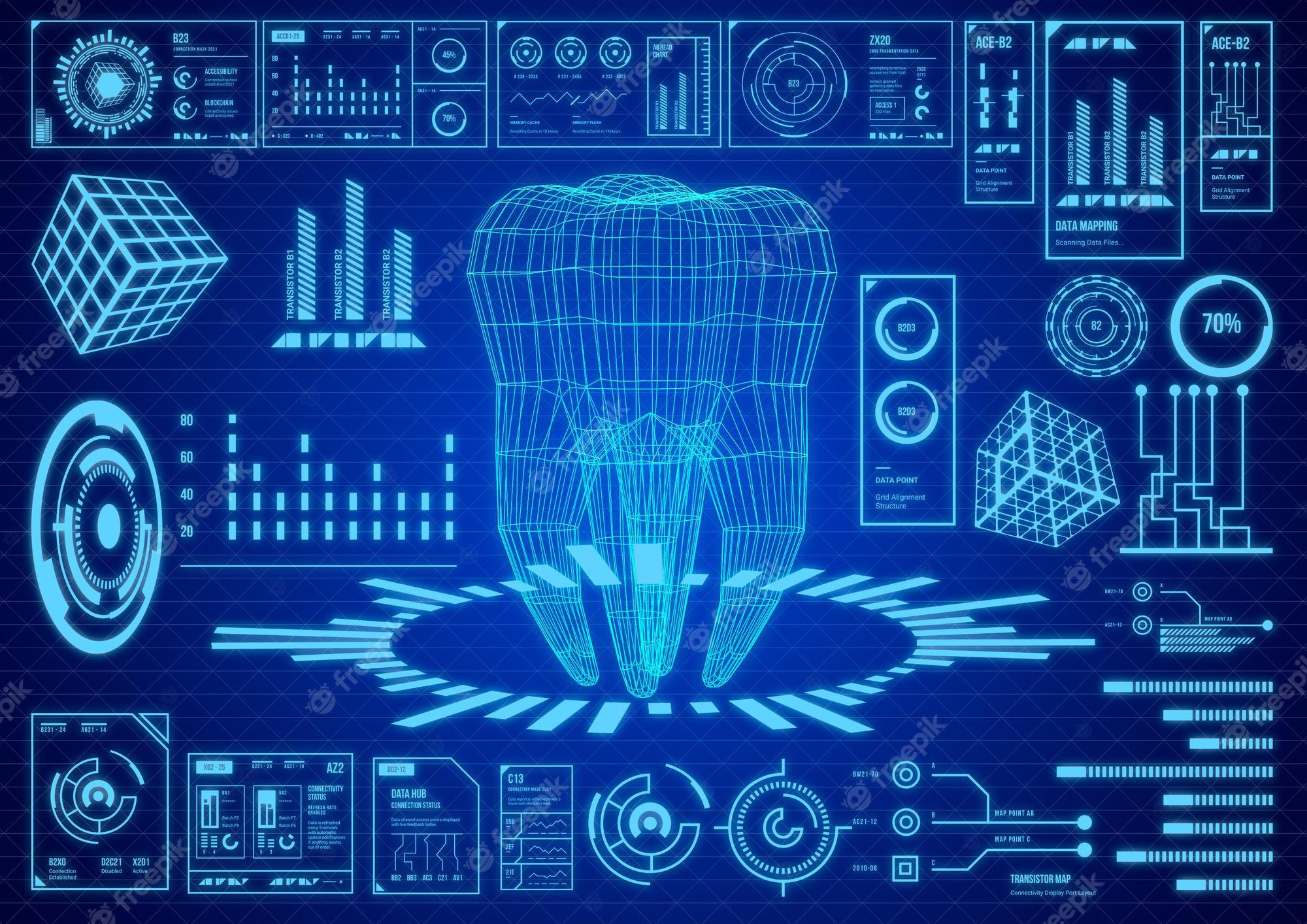The field of dentistry is undergoing a digital revolution, with new technologies constantly emerging to improve patient care and enhance the dental experience. In this article, we will explore the top technological innovations in dentistry in 2023. From advanced scanning devices to artificial intelligence, these innovations are set to revolutionize the way dentists diagnose, treat, and interact with their patients.
1. Intraoral Scanners: Redefining Impressions
Gone are the days of uncomfortable and time-consuming physical mold impressions. Intraoral scanners have emerged as a game-changer in dentistry, offering a more accurate and comfortable alternative. These handheld devices rapidly scan a patient’s oral cavity, creating a detailed 3D digital model that can be used to create high-quality dental products such as dentures and crowns. Intraoral scanners eliminate the need for physical impressions and streamline the communication process with dental labs. They are a must-have technology for any dental practice looking to increase productivity and improve patient experience.
2. CAD/CAM Technology: Rapid Design and Fabrication
Computer-aided design (CAD) and computer-aided manufacturing (CAM) technologies have transformed the dental industry. With CAD/CAM dentistry, dentists can rapidly design and fabricate complex restorations that fit, feel, and look better. This technology reduces patient chair time and improves overall treatment outcomes. By combining intraoral scanners with CAD/CAM technology, dental practices can enhance efficiency, accuracy, and patient satisfaction.
3. Laser Detection: Enhancing Early Caries Detection
The advent of laser detection technology has revolutionized the way dentists identify early-stage caries. Traditional methods, such as explorers and bitewing x-rays, may miss decay in harder enamel. Laser detection systems, with their high accuracy rates, enable dentists to detect decay that would otherwise go unnoticed. These non-invasive devices provide painless and reliable measurements, helping dentists to intervene early and prevent further tooth damage.
4. Digital Radiography: Streamlining Imaging Processes
Digital radiography has replaced traditional film processing, offering numerous advantages to dental practices. This advanced form of X-ray inspection quickly renders digital radiographic images on a computer screen, reducing exposure times and providing real-time dental applications. Digital radiography improves detail, signal-to-noise ratio (SNR), and linearity, while also simplifying storage and transfer of patient records. Dentists can provide immediate feedback and enhance diagnostic accuracy with this digital imaging technology.
5. Teledentistry: Expanding Access to Dental Care
Teledentistry has gained significant traction in recent years, especially in situations that do not require acute care. This technology allows dentists to communicate with patients remotely, perform virtual examinations, and expedite follow-ups, second opinions, or pre-authorizations. While certain procedures still require in-person visits, teledentistry offers convenience and efficiency for both patients and dental practitioners. With the right management and application, teledentistry can save time, reduce travel, and extend the reach of dental practices.
6. Zirconia Crowns: Superior Aesthetics and Strength
Zirconia crowns have emerged as a superior alternative to traditional porcelain-fused-to-metal crowns. Offering exceptional strength, customization, and biocompatibility, zirconia crowns provide long-lasting and aesthetically pleasing dental restorations. These crowns, available in various forms including monolithic, layered, and high-translucency zirconia, offer superior strength and precision, making them an ideal choice for patients seeking natural-looking and durable dental solutions.
7. Digital Records and Charts: Streamlining Patient Management
Maintaining digital records and charts is essential for modern dental practices. Digital dental health records provide easy access to accurate and up-to-date patient information at the point of care. They enable secure sharing of health records with patients and other clinicians, reduce paperwork and administrative burden, and strengthen privacy and security of patient data. By adopting digital record-keeping systems, dental clinics can enhance efficiency, improve patient care, and meet regulatory requirements.
Conclusion
The dental industry is embracing technological advancements at a rapid pace. Intraoral scanners, CAD/CAM technology, laser detection, digital radiography, teledentistry, zirconia crowns, and digital records are just a few of the innovations shaping the future of dentistry in 2023. These technologies enhance accuracy, efficiency, and patient satisfaction, ultimately revolutionizing the way dental professionals diagnose, treat, and interact with their patients. Dental practices that embrace these innovations will be at the forefront of the industry, providing superior care and staying ahead in a digital world.

